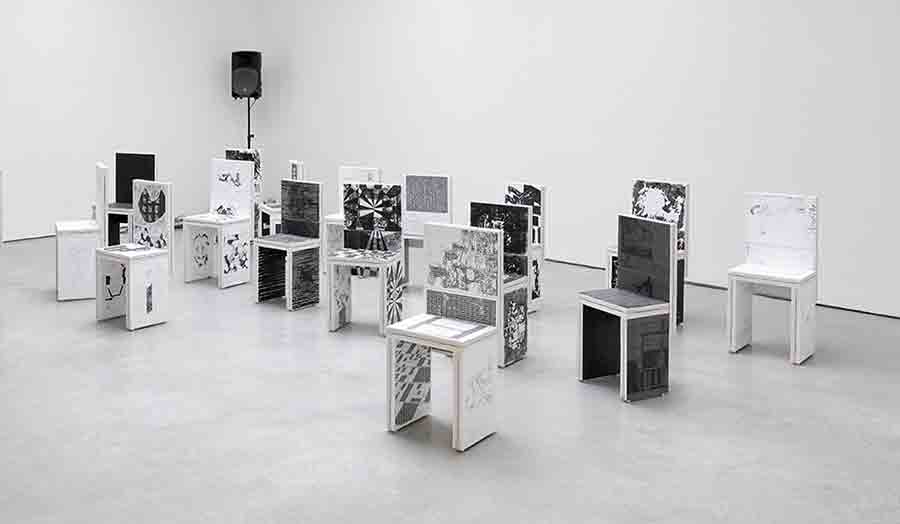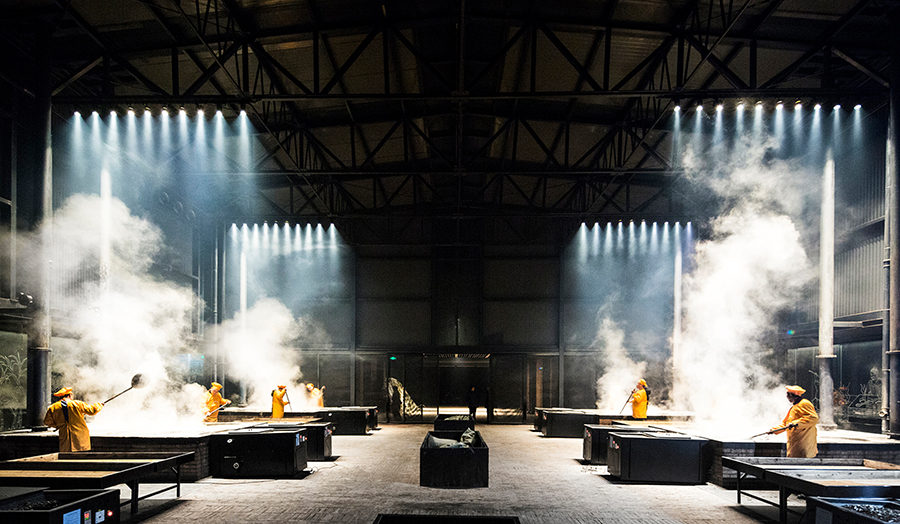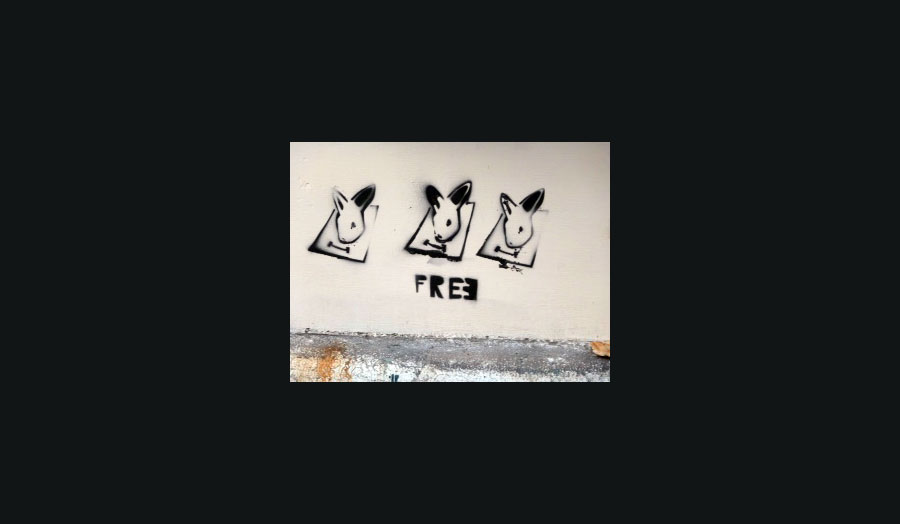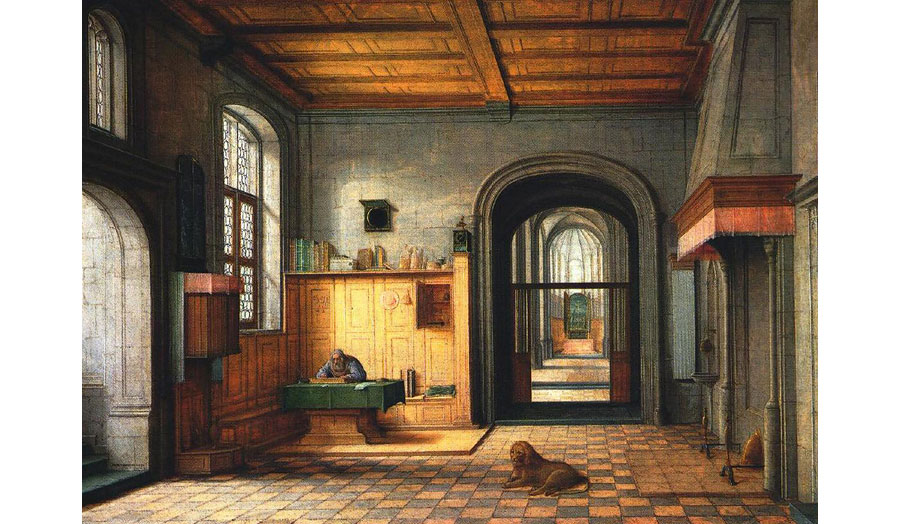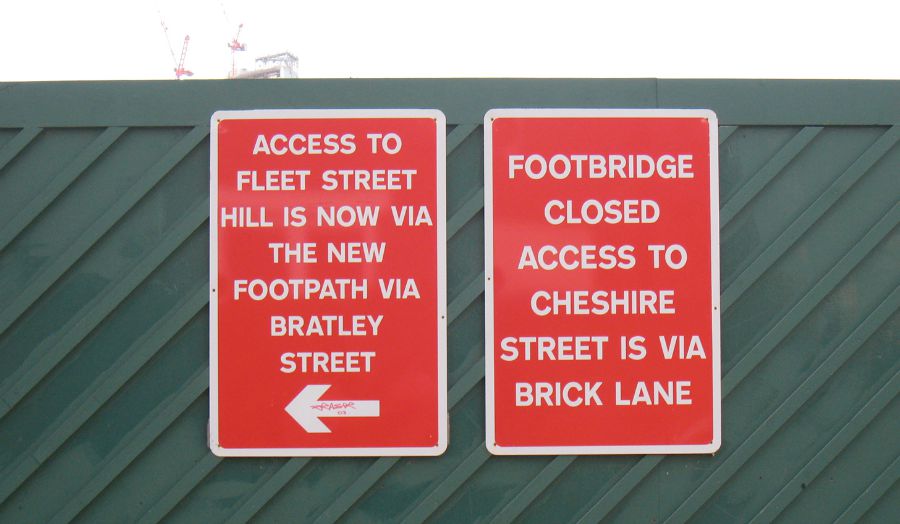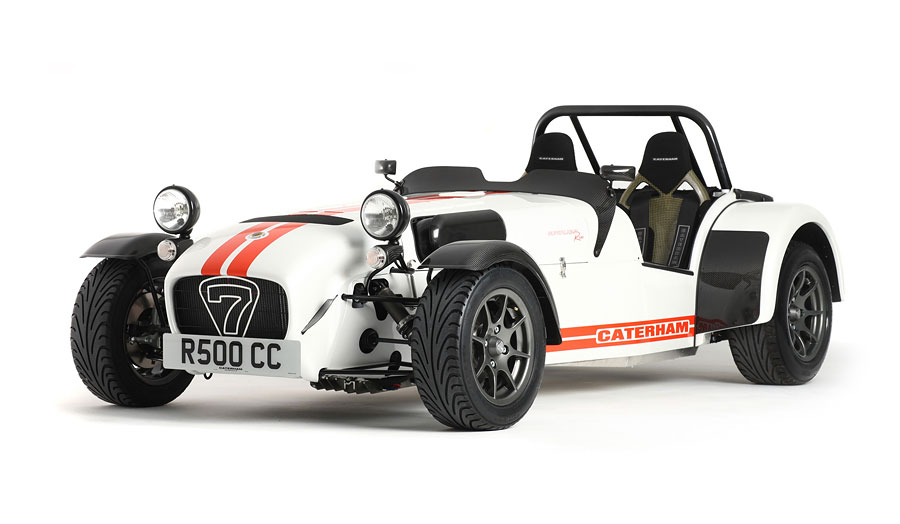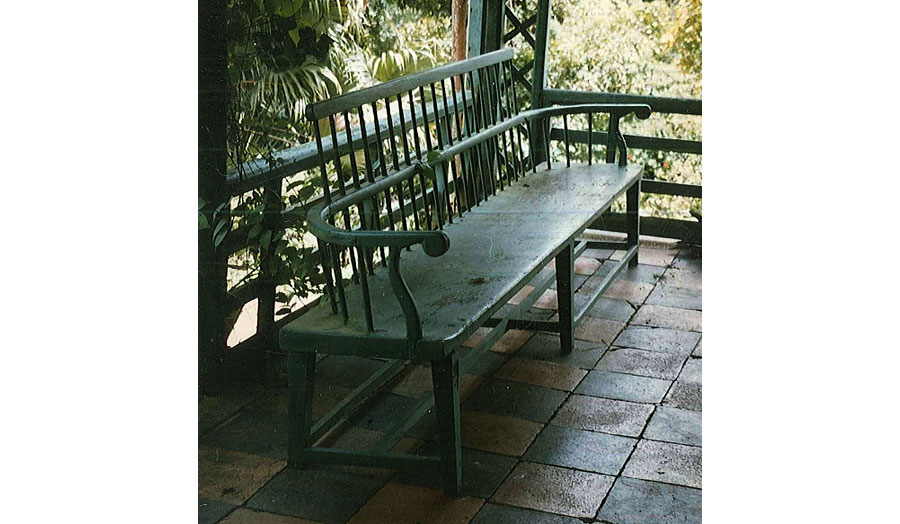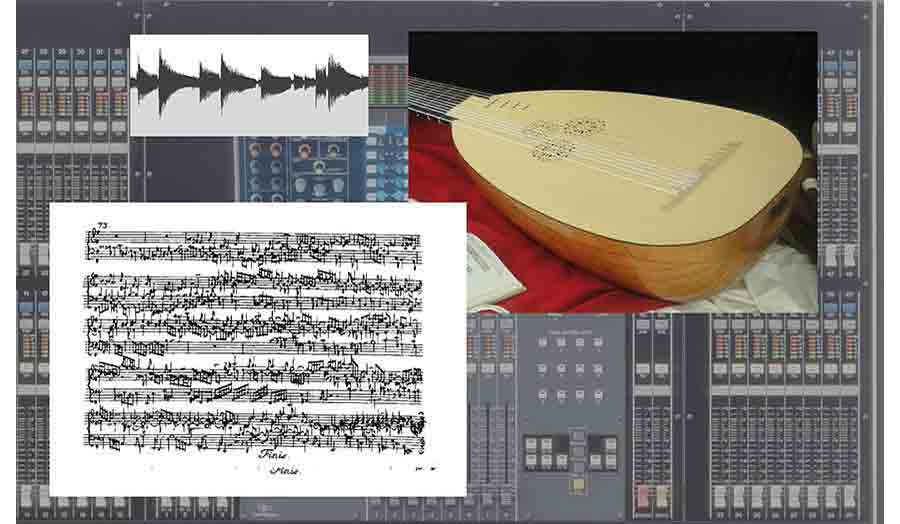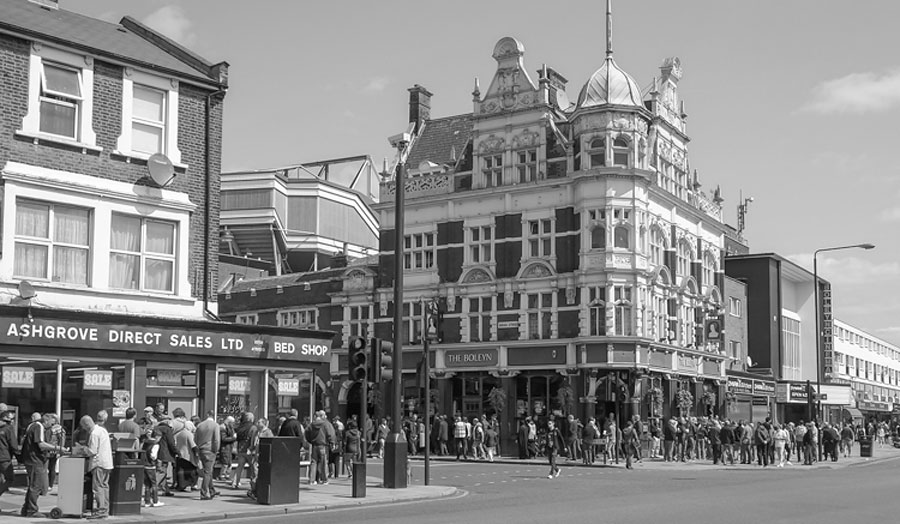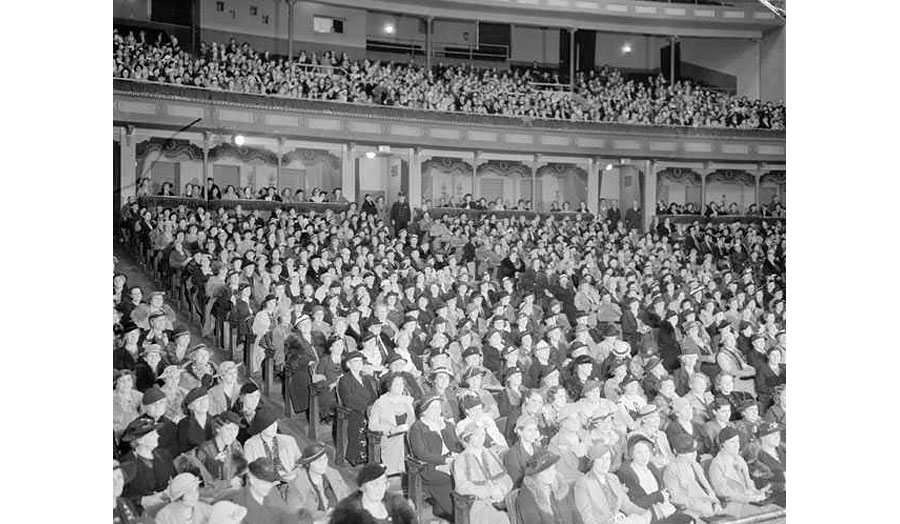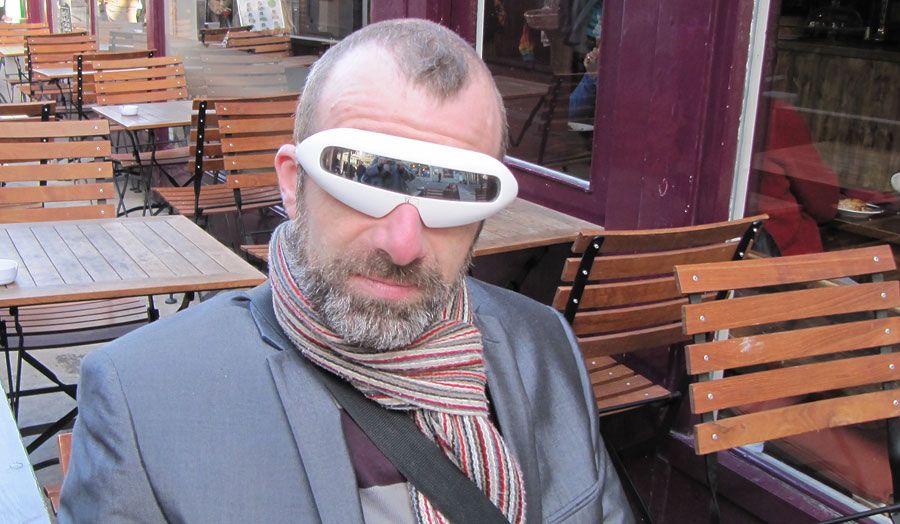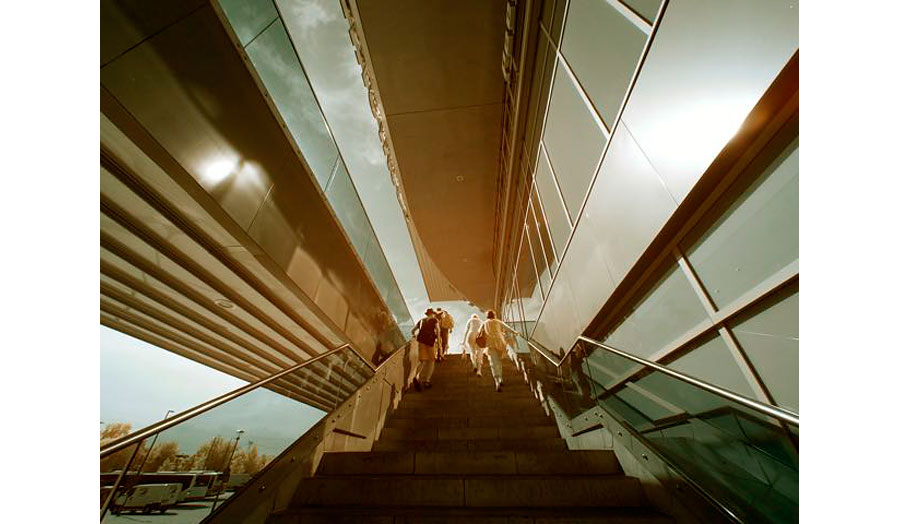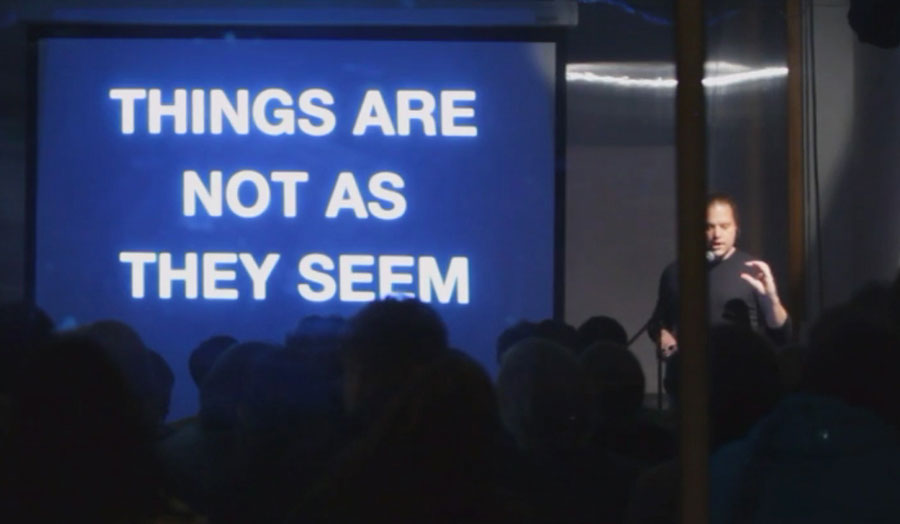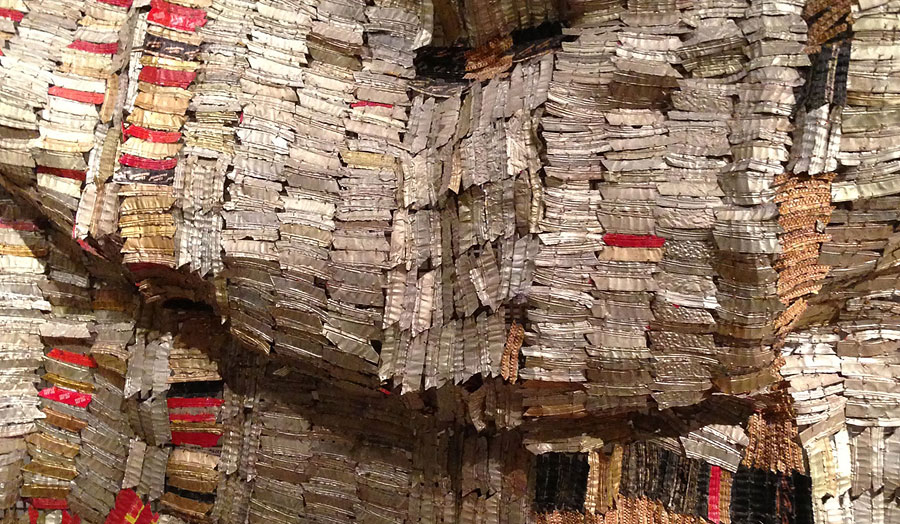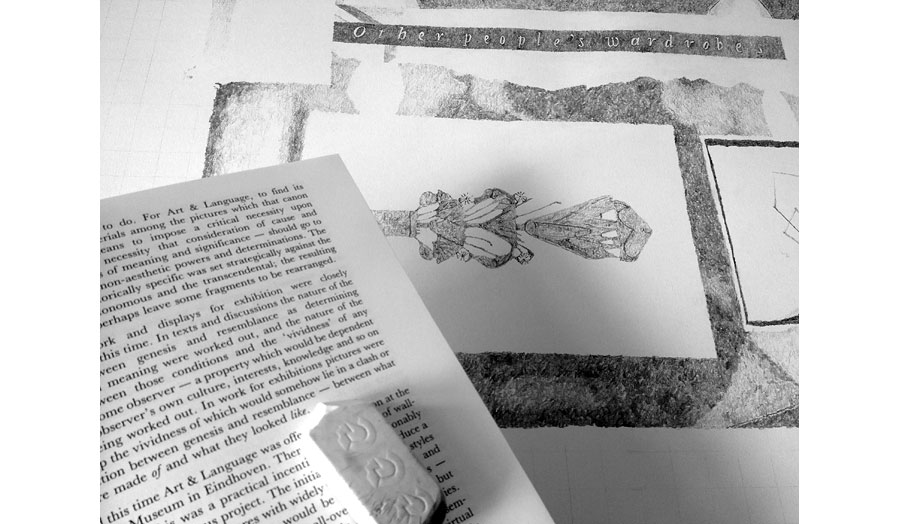Studio brief
This studio will explore the importance of spatial experience where indeterminate conditions such as multi- sensory qualities, scale, movement and change, human occupation and environmental variations provide the space with both significance and memorable values.
For the last decade spatial experience has been the subject of much discussion and research. The commercial notions of customer experience, business development and creative spaces are now valued as burgeoning areas of sector specialisms and have demonstrated substantial evidence of success. There is still much to understand particularly for complex community spaces such police stations, prisons and hospitals where the quality of the space is nearly always juxtaposed with the seriousness of the activity; how do you begin to evaluate the spatial experience?
The studio will ask you to record your initial encounters, first and lasting impressions, through photography, words and sketches. Each week we will visit a series of spaces to log, interrogate and gather a series of materials that that will support your individual dissertations.
The studio will collectively look at important texts that provide cornerstones from which to then develop your own research, starting with Finnish architect Juhani Pallasmaa’s book The Eyes of the Skin (2005). He argues that as the skin is the body’s largest organ and is highly receptive to light and materials, it should considered part of the ‘crucial phenomenological dimensions of the human experience in architecture’.
Other texts will include: Edmund Husserl (1859-38) as he redefined phenomena as ‘objective intentional contents of subjective acts of consciousness’; Junichiro Tanizaki’s In praise of Shadows (2001) that describes the conflict between the shadows of traditional Japanese interiors and the all-seeing light of the modern age; Gaston Bachelard’s The Poetics of Space, now 30 years old, which explores all the spaces within the home. It takes us on a journey to show how our perceptions of light, darkness and detail shape our thoughts, memories and dreams.
Summer task:
Through a series of photographs, sketches in any media record a space that has impressed you. The space can be inside or out as long as its seen as an entire place, such as an arena, a piazza etc.
Look at this space in the following ways and take images of:
- The space in its entirety, the whole view.
- Take out each of its elements, such as windows, doors, structure etc.
- Look at the materials and their textural values, form, reflectiveness, dilapidation and so on.
- Indepth analysis: perhaps if you are looking at a large element you could identify all the colours by using the Photoshop pipette and recording them, also you could look at all the furniture and suggest how many postures, seating positions there are recording through both photography and line drawing.
- Try and catalogue or map this so the parts are always crossed referenced back to the main image.
Outline the first seven weeks of study
- Week 1: Introduction to the studio, reading lists and discussion mapping out the scope of Spatial experience.
- Week 2: Visit to 5 spaces that identifies areas of the Interior that encourage or stimulate further discussion.
- Week 3: Visit
- Week 4: Visit
- Week 5: Visit
- Week 6: Visit
- Week 7: Group presentation: pin up photography and sketches with discussion.
Equipment:
Camera: the school hire shop can provide these on request.
A5/A6: Moleskin for sketching and recording notes.
Reading list
- Junhani Pallasmaa, Eyes of the Skin (John Wiley & Sons; 2nd edition 22 April 2005)
- Junichiro Tanikan, In Praise of Shadows (Vintage Classics; New edition 3 May 2001)
- Gaton Bachelard, The Poetics of Space (Beacon Press 1958, 1994)
- Edmund Husserl, Ideas: General Introduction to Pure Phenomenology (Routledge; 26 April 2012)
- George Perec, Species of Spaces and Other Pieces (Penguin Classics; New edition 31 January 2008)
- Alain Du Botton, The Architecture of Happiness (Penguin; B-format resize edition 27 Mar 2014)
- Tim Ingold, Making: Anthropology, Archaeology, Art and Architecture (Routledge; 1st edition 21 Mar 2013)
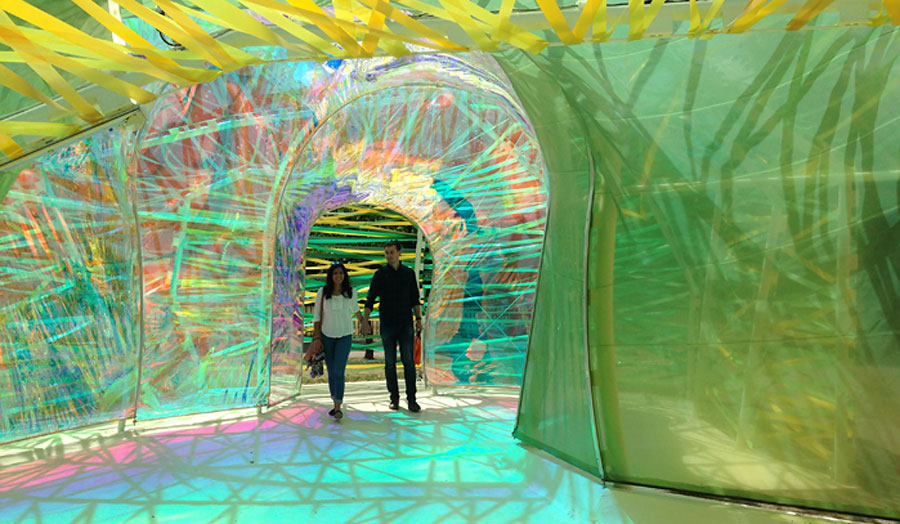
Details
| Tutor | Kaye Newman |
|---|

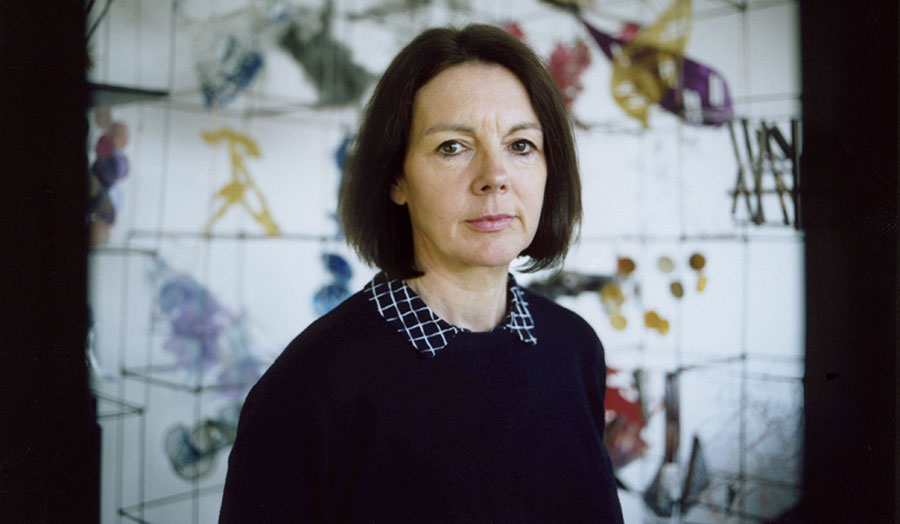
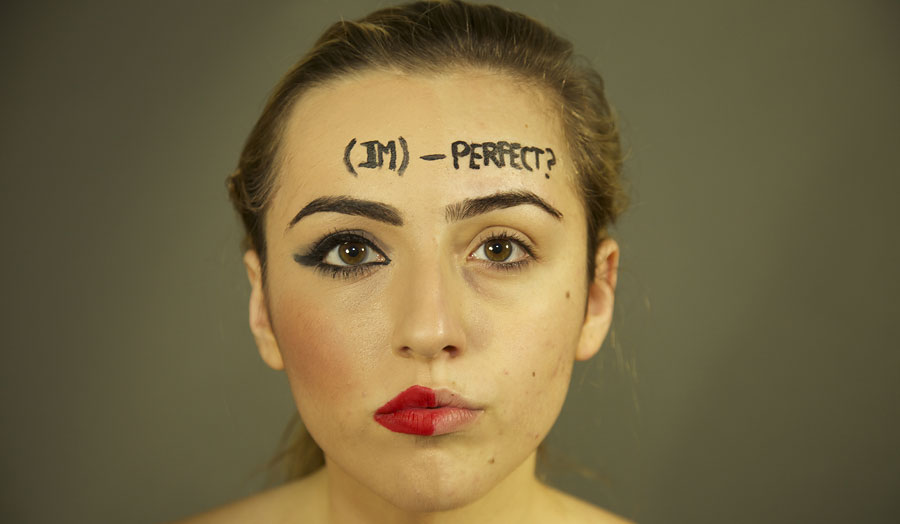
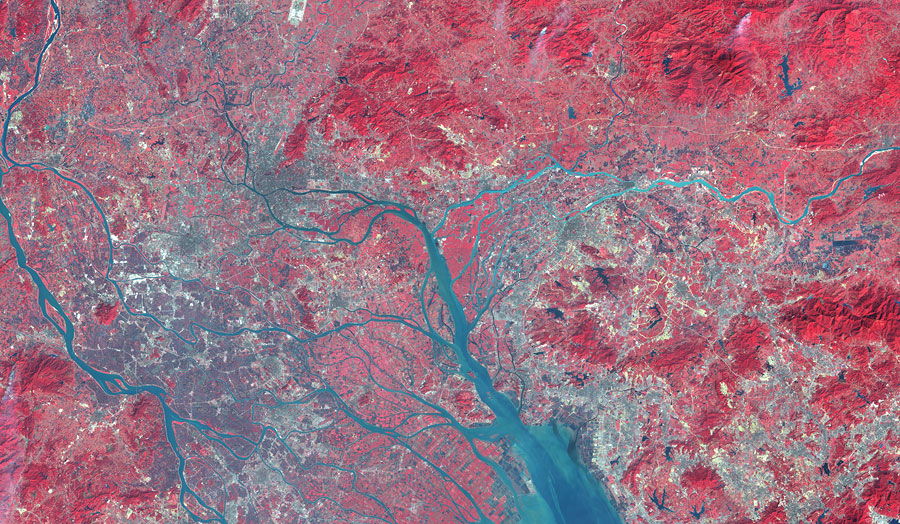
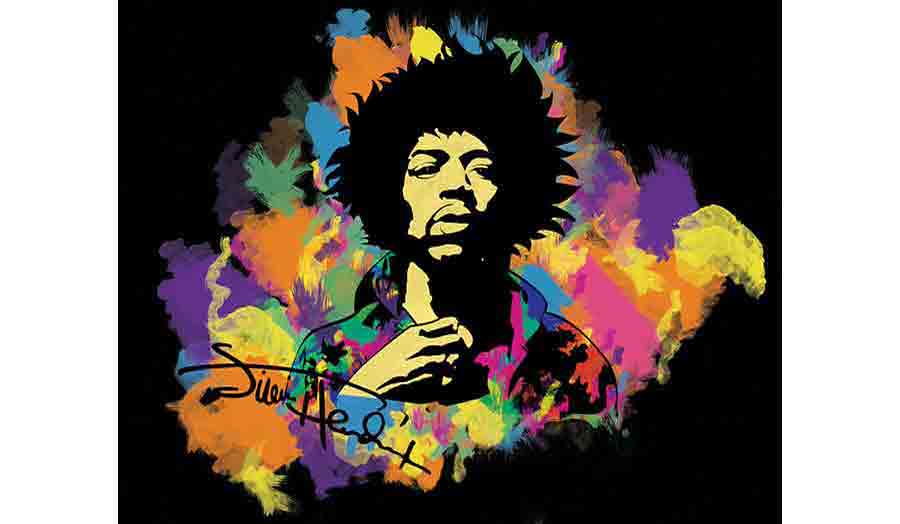
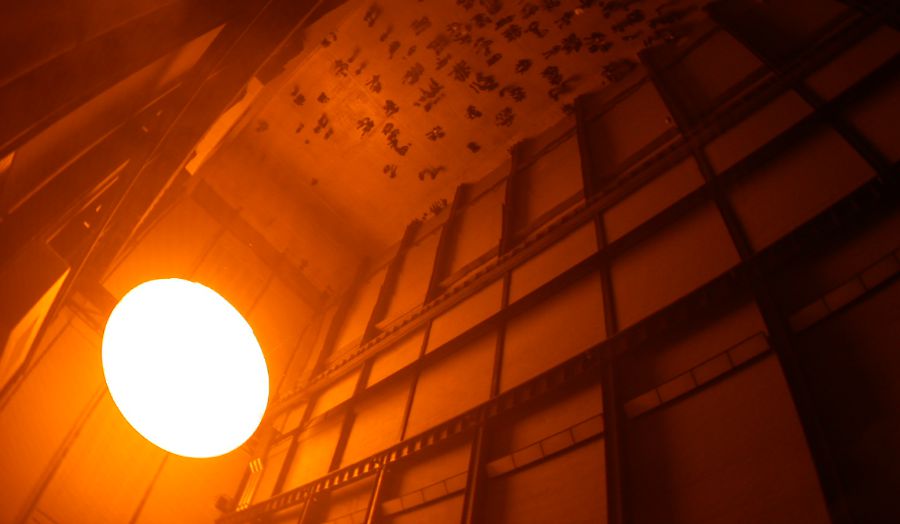
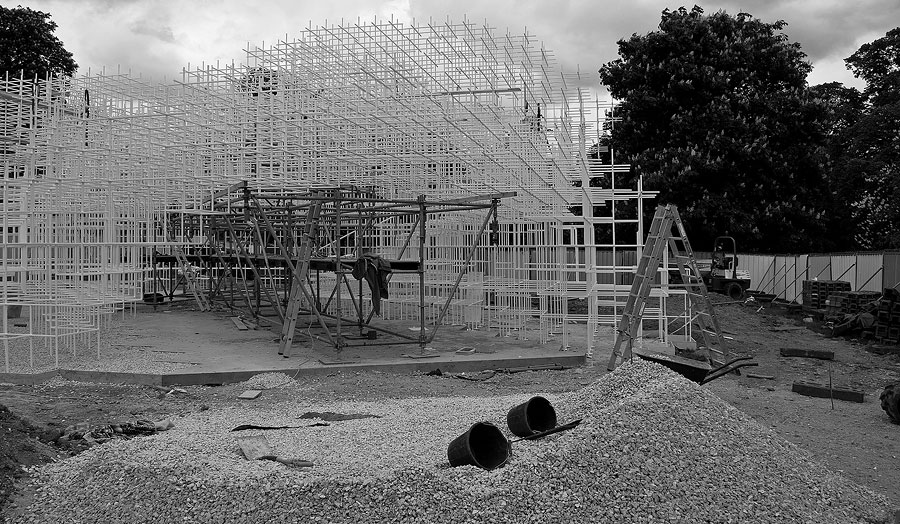
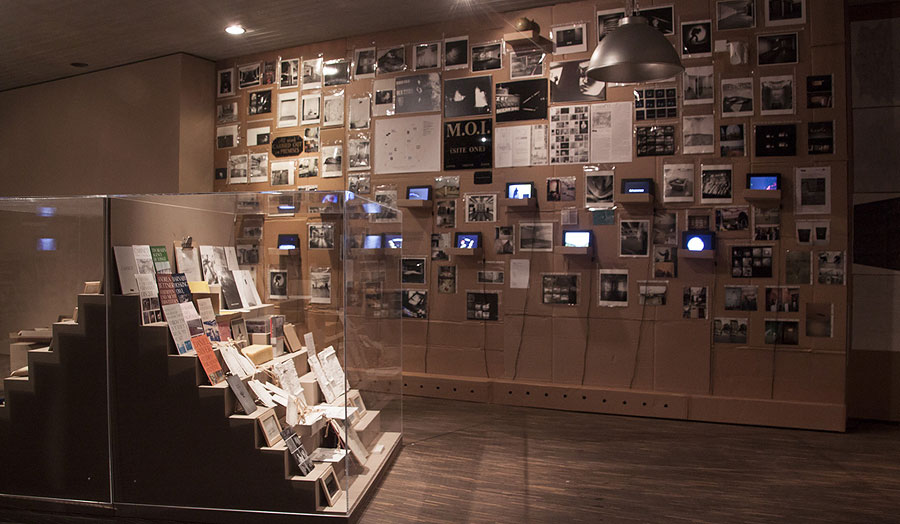
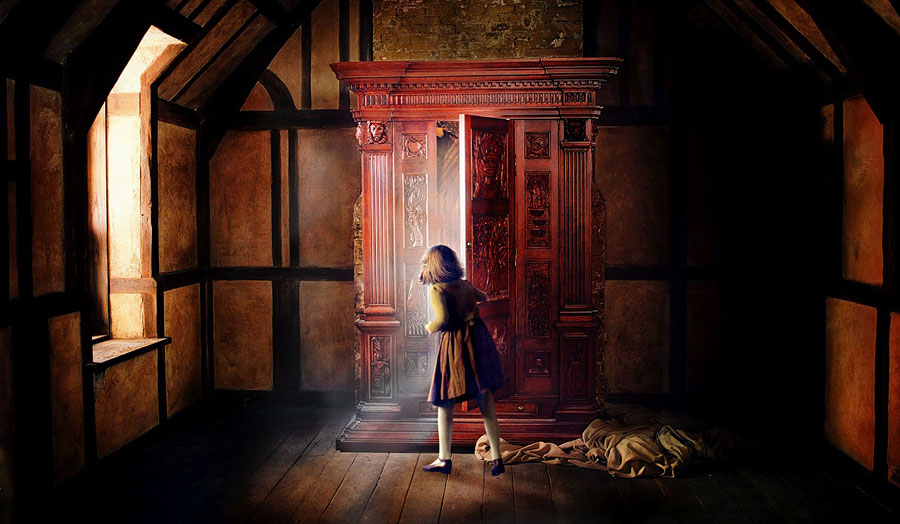

-(1).jpg)
